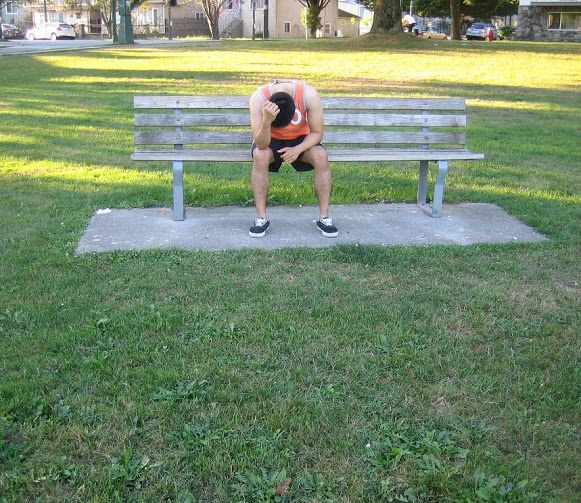Bushfire smoke usually includes carbon monoxide, carbon dioxide, nitrogen oxide and an assorted array of organic compounds. This smoke is generated by burning wood and other debris. Bushfire smoke is considered as a threat to the environment and to those who live nearby. The smoke is capable of irritating the airways and triggers asthma in some individuals.
The elderly, children, individuals who smoke and have asthma as well as those who have existing heart and lung conditions are the first to feel the effects upon exposure to bushfire smoke.
Action plan
For those who have asthma that reside in areas at high risk, it is vital to include a management plan in case of fire that results to bushfire smoke.

In most cases, the individual with asthma is required to take 3-4 separate puffs from a blue/gray asthma reliever. If the symptoms do not seem to get better, it is vital to seek immediate medical attention.
How to be prepared for bushfire smoke
- An individual with asthma should consult a doctor for recommendations on how to properly manage the condition in case of bushfire smoke.
- Always make sure that you are ready to carry out the appropriate first aid for asthma.
- The individual should continue using his/her asthma preventer medication even if he/she feels well.
- It is recommended to keep an extra reliever with other essential valuables. Do not store the reliever in a car since extreme heat will make the medication ineffective.
How to reduce exposure to bushfire smoke
- Unless there is an evacuation notice, it is vital to stay indoors when there is bushfire smoke in the surroundings.
- Set the home and car air-conditioner on “recycle” in order to reduce the risk for the smoke to enter the house or vehicle.
- Avoid engaging in any physical activity while outdoors.
What to do if outdoors?
- It is important to stay low on the ground and use a face mask. In case a face mask is not available, you have to hold a thick cloth over the nose and mouth in order to prevent breathing in large amounts of smoke.
- Large fires can smother in an area for days after the fire has already been put out. If the individual experiences the symptoms of asthma in the days after the fire, appropriate measures must be carried out.
- If symptoms such as wheezing, coughing, chest tightness or shortness of breath occur, it is vital to seek medical assistance right away.

